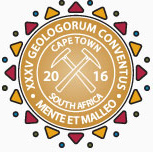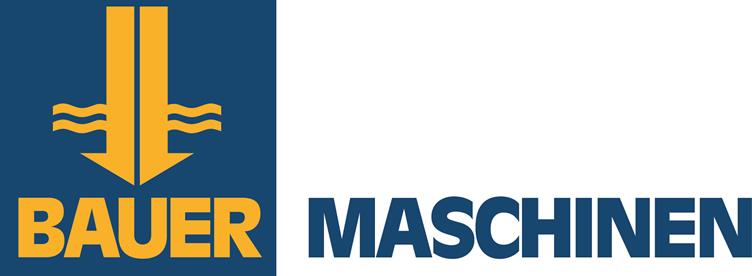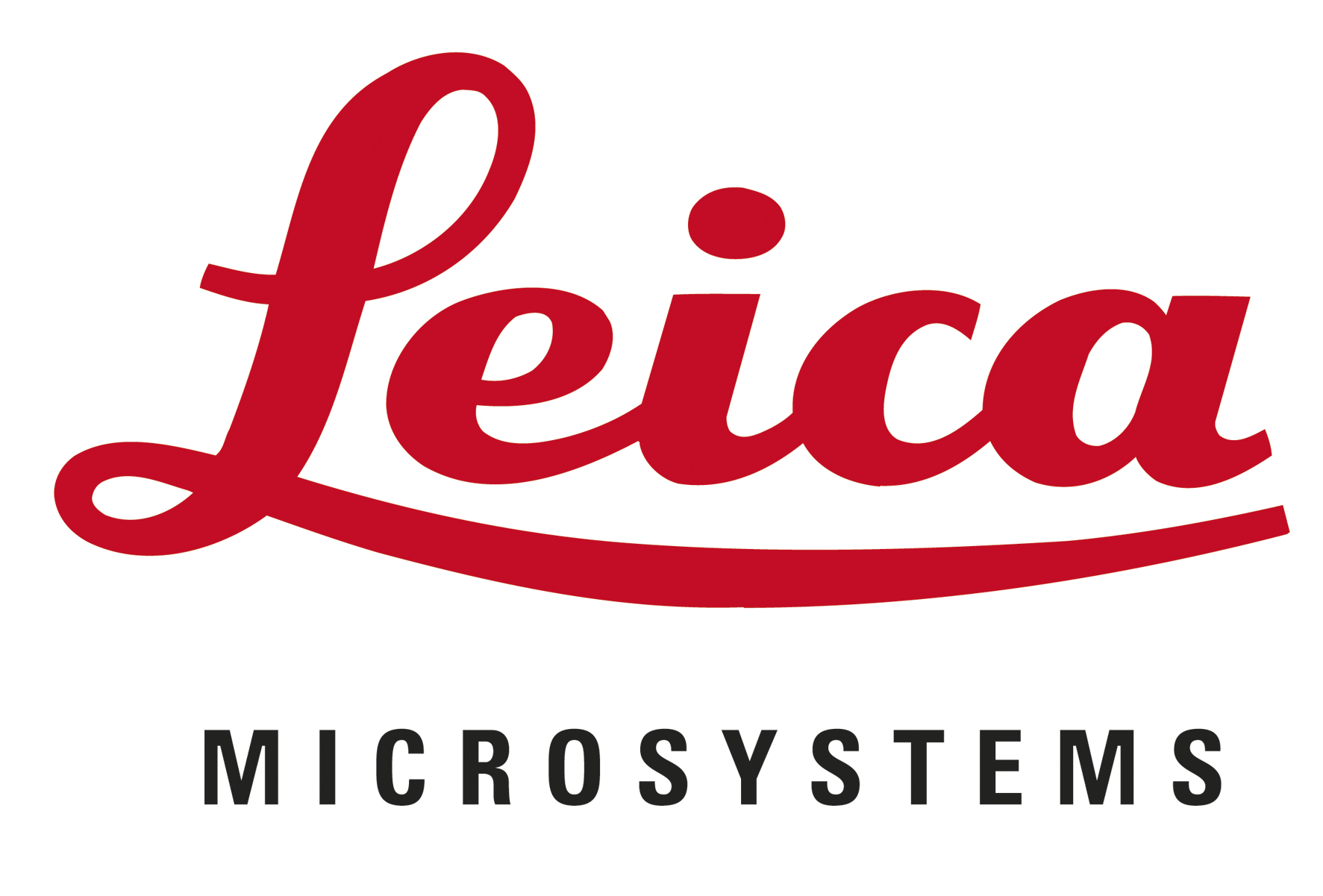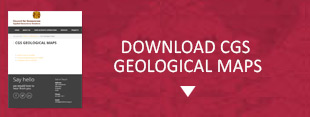
35TH INTERNATIONAL GEOLOGICAL CONGRESS
27 AUGUST - 4 SEPTEMBER 2016 | CAPE TOWN, SOUTH AFRICA
Sponsors
Keystone Sponsor


Diamond Sponsor


Gold Sponsor


Silver Sponsor








Business Centre Sponsor


Publication Sponsor




Social Function


Plenary Speaker Sponsor


Speaker Gift Sponsor


Post Graduate Fund


Registration


Welcome Drinks


Lunch Time Drinks


Publication &
35 IGC SAGPGF
35 IGC SAGPGF

35 IGC SAGPGF




MY IGC APP


Symposium Sponsor




Audit Sponsor


35TH INTERNATIONAL GEOLOGICAL CONGRESS
27 AUGUST - 4 SEPTEMBER 2016 | CAPE TOWN, SOUTH AFRICA
My IGC
Symposium Details
| Title | Description | Convenors |
|---|---|---|
| The Mineral system approach: the paradigm and future trends | Wyborn et al (1994) defined a mineral system as “all geological factors that control the generation and preservation of mineral deposits, and stresses the processes that are involved in mobilizing ore components from a source, transporting and accumulating them in more concentrated form and then preserving them throughout the subsequent history”. Although the idea of source-pathways-trap as key geological factors controlling mineral deposit formation goes back a long time, Wybnorne and others identified energy source for mass transfer and post-formation deposit-preservation as additional critical geological factors. They also provided the first formal definition and exposition of a mineral system in analogy with the Petroleum system approach. The mineral systems approach has gained wider acceptance in mineral exploration protocols in Australia, and in prospectivity analysis studies worldwide. However, the paradigm has remained essentially static since its first formal exposition in spite of the numerous published and unpublished application case studies. Significant contributions to the development of the concept in recent years include identification of scale dependence of the exploration criteria and development of a protocol for systematic translation of the geological processes into mappable proxies for practical exploration targeting. Incipient models for explaining a mineral system in term of a complex system have also been proposed. This session aims to provide a forum for a review of the mineral systems approach, its potential in mineral prospectivity analysis and applied exploration targeting, and future trends. | Alok Porwal and Ignacio Gonzalez-Alvarez |
 Field trips
Field trips  Sponsorship & expo
Sponsorship & expo  Registration
Registration Tours
Tours  Promotion
Promotion 














 Conference Programme
Conference Programme  Field trips
Field trips  Sponsorship & expo
Sponsorship & expo  Volunteer
Volunteer  GeoHost
GeoHost  Registration
Registration Tours
Tours  Promotion
Promotion  Publications
Publications









